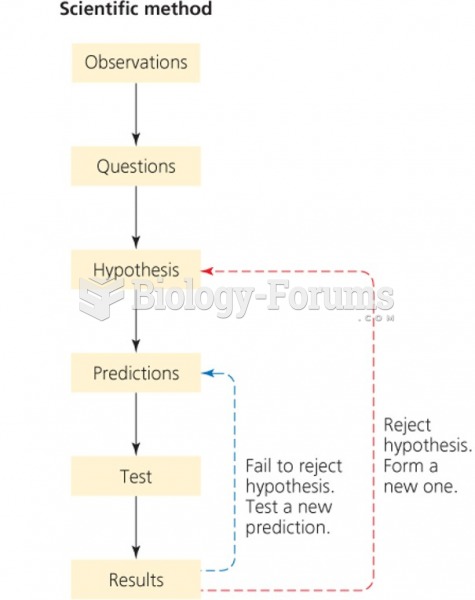Answer to Question 1
Although the Scientific Revolution was born from the knowledge of past times and many cultures, the European ambition to control nature by way of practical knowledge gave birth to a scientific tradition that is still with us.
In the pioneering efforts of Leonardo da Vinci, the empirical thrust of the Scientific Revolution was already initiated. Nicolas Copernicus, in his treatise On the Revolution of the Heavenly Spheres, formulated a theory according to which the earth and all the planets circle around the sun. Based solely on mathematical calculations, the heliocentric (sun-centered) model of the cosmos stood in contradiction to the geocentric (earth-centered) model advanced by the renowned second-century Hellenistic astronomer Claudius Ptolemy. This theory was furthered by the German mathematician Johannes Kepler, who was among the first to make detailed records of planetary movements. Kepler argued that the magnetic force emitted by the sun determined their movements and their distances from the sun. Kepler's research was taken even further by Galileo Galilei, whose inquiries into motion and gravity resulted in the formulation of the Law of Falling Bodies, which proclaims that the earth's gravity attracts all objectsregardless of shape, size, or densityat the same rate of acceleration.
The work of the great English astronomer and mathematician Isaac Newton represents the culminating synthesis of seventeenth-century physics and mathematics. With the publication in 1687 of his Principia, Newton provided an all-embracing theory of universal gravitation that described every physical movement in the universefrom the operation of the tides to the effect of a planet on its moons. He proved that nature's laws applied equally to terrestrial and celestial matter, thus unifying the work of Galileo and Kepler. He described the workings of the physical world with a single proposition that explained the universal force of gravity:
Answer to Question 2
Inductive reasoning is a method of inquiry that depends on direct observation and scientific experimentation as the bases from which one arrives at general conclusions. It draws on the particulars of sensory evidence for the formulation of general principles (or axioms). The empirical method is an example of inductive reasoning.
Deductive reasoning is the opposite of inductive reasoning. The deductive process begins with clearly established general premises and moves toward the establishment of particular truths. Descartes elucidated the deductive process in his Discourse: never accept anything as true that you do not clearly know to be true; dissect a problem into as many parts as possible; reason from simple to complex knowledge; and finally, draw complete and exhaustive conclusions.







